'Tis the season to wind it down, and start the assessment process for the year. But, it's also the season to wind it up and prepare for another exciting year in real estate...one that most in real estate believe will be equally robust, if not without some ups and downs and maybe even a few surprises. But, let's not get ahead of ourselves. We'll analyze the market in depth next month for our year in review, but for now we will recap some of the highlights in November.
Following are a few top line thoughts, and most of this will come as no surprise to anyone following the market...
- Low inventory had stifled the market and left many without a home for the holidays.
- Overall sales volume has shrunk 12% from last year and the number of home sales are down by 13% due to this lack of inventory.
- There are still lots of buyers out there, so demand is high, but these buyers won't spend just anything to get a house...there is, indeed, a threshold for what they will pay and that threshold is becoming more and more clear as time goes on.
- Prices rose year to date in 2016 (about 9% for the median price), not quite as drastically as the past five years, but still rose!
- Politics has probably and will probably impact the market, but like the election itself, we are still left trying to figure out what to make of it all (more on this later).
- The low interest rates we've been experiencing over the past few years seem to be creeping up and higher and the expectation is they will continue to rise in the coming year.
- A healthy economy, fueled by the tech industry, has continued to favor our Golden State, but there is rising uncertainty (and also some optimism) about the economy moving forward.
What interesting times!
The Trump Effect: Without getting all political and trying to keep the conversation related to real estate, there is a sense that there may be some economic good news ahead. Couple that with a counter balance of rising interest rates and you start to see the scale teetering -- trying to decide if it's a buyer's market or a seller's market. More jobs and a better economy will surely help consumer confidence in making a real estate decision, but the interest rate dilemma and possible inflation may make some people feel as though home ownership is still just a tad out of reach.
Can this possibly have a downward effect on pricing? It wouldn't be such a bad thing. With six good years of rising home prices in the North Bay, I think we can stand to see some stabilization towards a healthier market.
Think of this possible scenario: interest rates rise...buyers can afford less...houses sit on the market longer...inventory starts to pile up...sellers start to reduce prices to compete for buyer's interest, and all of a sudden we have a complete market shift from a seller's market to a buyer's market. And, that's just one potential scenario.
2017 may start to see more sellers putting their homes on the market as prices seem to have hit their high for this cycle. We expect buyer activity to remain strong; there are just more people that need homes than ever before in the Bay Area and we don't see this trend slowing. "The underlying fundamentals continue to support overall home sales growth, but the trade winds, such a global economic uncertainty and deteriorating housing affordability will temper stronger sales activity,” says Leslie Appleton Young, chief economist for the California Association of Realtors.
Some buyers have exited the market since the election — possibly a temporary phenomenon, but it's clear the market likes certainty vs. uncertainty. The election has also gotten more buyers off the fence who believe interest rates will continue to rise, as they inevitably will. Going into next year, we are encouraging buyers to keep the big picture in mind, however, and help them consider that interest rates are still relatively low given the numbers we have seen historically. Many realtors remember a time in the 1980s when interest rates were at 18%. Oddly enough, homes still sold and the market kept moving along. It's funny how creative buyers and banks can get in a stricter lending environment. Market forces may change economic dynamics and pricing, but ingenuity amongst Americans won't make that an obstacle they can't overcome!
A home purchase is still a good investment, with relatively low interest rates, the ability to build equity, mortgage deductions on interest rates and tax-free appreciation of up to $250,000 for a single or $500,000 for a married couple.
Currently the 30-year mortgage rate is now over 4% (Marin IJ). Really, the number buyers need to focus on though is their monthly nut, or how much will it cost them for their home on a monthly basis, hopefully factoring in interest and taxes. If they can still make the numbers work with a higher interest rate, they should be good. If they can't, well then perhaps they were stretching the higher end of their budget to begin with. Earlier this month, the Mortgage Bankers Association announced that the average contract interest rate for 30-year fixed mortgages had increased to 4.23%, its highest level since July of 2015 (Marin IJ).
What else could happen with this new administration as it relates to Marin real estate? Perhaps some impact on foreign buyers in the U.S. if trade is restricted, and possible inflation could make home construction costs and remodels costlier as prices rise, municipalities seek to collect more fees for permits and infractions, and local immigrants in Marin are possibly impacted. Expect to see more chatter about a changing tax structure -- income tax reductions, doing away with mortgage deductions, capital gains restrictions, estate taxes and a review of Prop 60 and 90 through a revised tax structure. The government will be looking for ways of making more money and simplifying the tax codes, potentially doing away with the good and the bad of some real estate tax shelters.
Conversely, some sellers may finally jump off that fence they've been sitting on should new tax laws work to their advantage. It is possible there could be more stalling should they remain the same -- penalizing those sitting on Marin homes that can't afford to move elsewhere. Buying a less expensive property may actually cost them more in taxes in the long run.
With the overall Marin market down 12% since November 2015, there were only 10 fewer homes sold year over year compared to last November (145 vs. 155). The median home sales price last month clocked in at $1,071,250, down 12% from the previous month and up 9% from this time last year.
Single Family Homes Sold in November 2016 vs November 2015
The most expensive home sold in Marin in November was 600 Seminary Drive in Mill Valley, which sold for $5,374,500 after 204 days on market, down from its original list price of $5,600,000.
Trends of Homes Sold in Marin in November
he markets of Corte Madera, Greenbrae, and Fairfax each saw increases in median home sales price. Stinson Beach had three homes sold last month, at a median sale price of $2,695,000, a sharp increase from zero at this time last year.
Inventory remains low in the highly-desired luxury areas of Marin County (Kentfield, Larkspur, Ross, and Belvedere) with prices coming down in those cities. Faster moving sales are occurring in less expensive areas such as Novato, San Rafael, and San Anselmo, where we have been seeing increasing prices and plenty of inventory (not to mention a price tag that’s easier on the wallet). Pockets of Novato and San Rafael are seeing a resurgence of interest and becoming more desirable. Homes under $1 million are white hot, still fetching multiple offers, and with these entry-level homes selling fast, this price range remains competitive. With a little TLC and re-thinking, older homes can be turned into incredible, personally-designed treasures!
With a government emphasis in 2017 on improving the economy and job rate, lowering taxes, potential modifications of ObamaCare and the Dodd/Frank Act, investment in infrastructure and the military, potential trade restrictions, and other unforeseen activities and events, we could see a number of positive and negative impacts on the real estate market in Marin.
Never a dull moment here at The Costa Group! We will continue to monitor potential impacts on the local economy and are here to serve our clients regardless of market conditions. For a complimentary analysis of your home value or to see what might be available for purchase, please don't hesitate to reach out. We are here to answer any questions you may have about the Marin real estate market.



